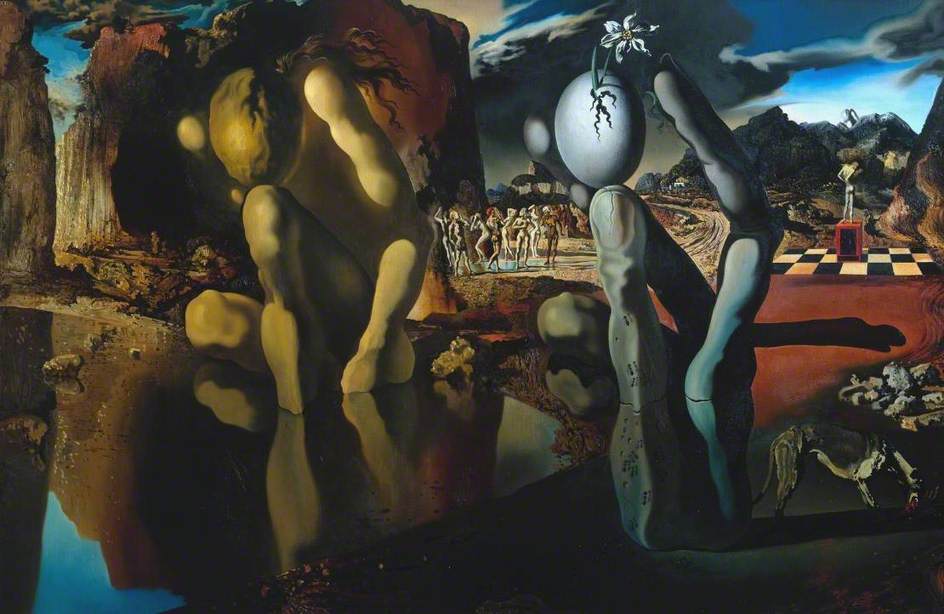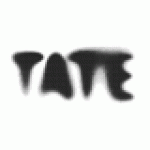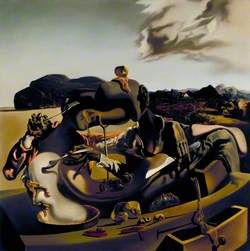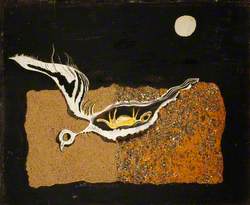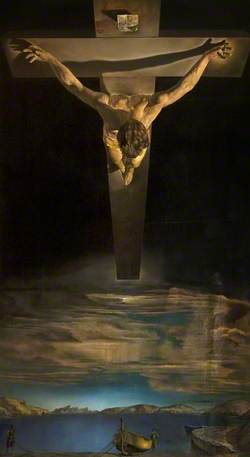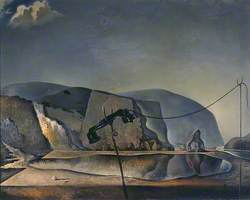How you can use this image
This image can be used for non-commercial research or private study purposes, and other UK exceptions to copyright permitted to users based in the United Kingdom under the Copyright, Designs and Patents Act 1988, as amended and revised. Any other type of use will need to be cleared with the rights holder(s).
Review the copyright credit lines that are located underneath the image, as these indicate who manages the copyright (©) within the artwork, and the photographic rights within the image.
The collection that owns the artwork may have more information on their own website about permitted uses and image licensing options.
Review our guidance pages which explain how you can reuse images, how to credit an image and how to find images in the public domain or with a Creative Commons licence available.
Notes
Add or edit a note on this artwork that only you can see. You can find notes again by going to the ‘Notes’ section of your account.
This painting is Dalí's interpretation of the Greek myth of Narcissus. Narcissus was a youth of great beauty who loved only himself and broke the hearts of many lovers. The gods punished him by letting him see his own reflection in a pool. He fell in love with it, but discovered he could not embrace it and died of frustration. Relenting, the gods immortalised him as the narcissus (daffodil) flower. For this picture Dalí used a meticulous technique which he described as 'hand-painted colour photography' to depict with hallucinatory effect the transformation of Narcissus, kneeling in the pool, into the hand holding the egg and flower. Narcissus as he was before his transformation is seen posing in the background. The play with 'double images' sprang from Dalí's fascination with hallucination and delusion.
Robert Descharnes noted that this painting meant a great deal to Dalí, as it was the first Surrealist work to offer a consistent interpretation of an irrational subject. The artist said to Descharnes of this picture: 'A painting shown and explained to Dr Freud. Pedagogical presentation of the myth of narcissism, illustrated by a poem written at the same time. In this poem and this painting, there is death and fossilization of Narcissus'. The poem to which Dalí referred was published in 1937, in a small book by the artist entitled 'Metamorphosis of Narcissus'. The book also contains two explanatory notes printed facing a colour reproduction of the painting, the first of which reads: WAY OF VISUALLY OBSERVING THE COURSE OF THE METAMORPHOSIS OF NARCISSUS REPRESENTED IN THE PRINT ON THE OPPOSITE PAGE: If one looks for some time, from a slight distance and with a certain 'distant fixedness', at the hypnotically immobile figure of Narcissus, it gradually disappears until at last it is completely invisible. The metamorphosis of the myth takes place at that precise moment, for the image of Narcissus is suddenly transformed into the image of a hand which rises out of his own reflection. At the tips of its fingers the hand is holding an egg, a seed, a bulb from which will be born the new narcissus – the flower. Beside it can be seen the limestone sculpture of the hand – the fossil hand of the water holding the blown flower.
When he met Sigmund Freud in London in 1938, Dalí took this picture with him as an example of his work, as well as a magazine containing an article he had written on paranoia. Freud wrote the following day to Stefan Zweig, who had introduced them, that 'it would be very interesting to explore analytically the growth of a picture like this'.
Further reading: 'Tate Gallery 1978–1980 Illustrated Catalogue of Acquisitions', London 1981, pp.85–89, reproduced p.85 Robert Descharnes, Gilles Néret, 'Salvador Dalí: The Paintings', 2 volumes, Köln 1994, pp.288–289, 299, 757, reproduced pl.645 in colour Dawn Ades, 'Dalí', revised edition, London 1995, pp.132–133, reproduced p.131 in colour Terry Riggs March 1998
Title
Metamorphosis of Narcissus (Métamorphose de Narcisse)
Date
1937
Medium
Oil on canvas
Measurements
H 51.1 x W 78.1 cm
Accession number
T02343
Acquisition method
Purchased 1979
Work type
Painting
Stories
-
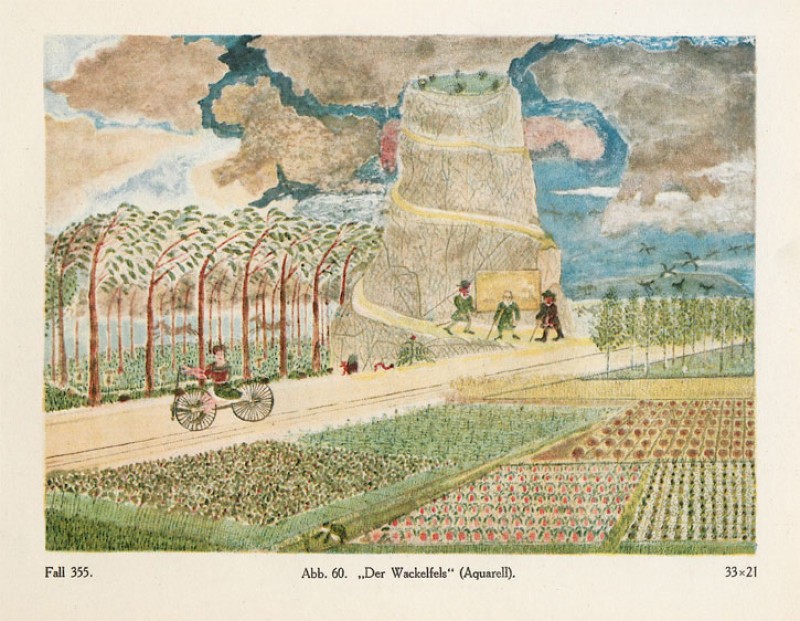
-
 Art Matters podcast: psychoanalysing art
Art Matters podcast: psychoanalysing artFerren Gipson
-
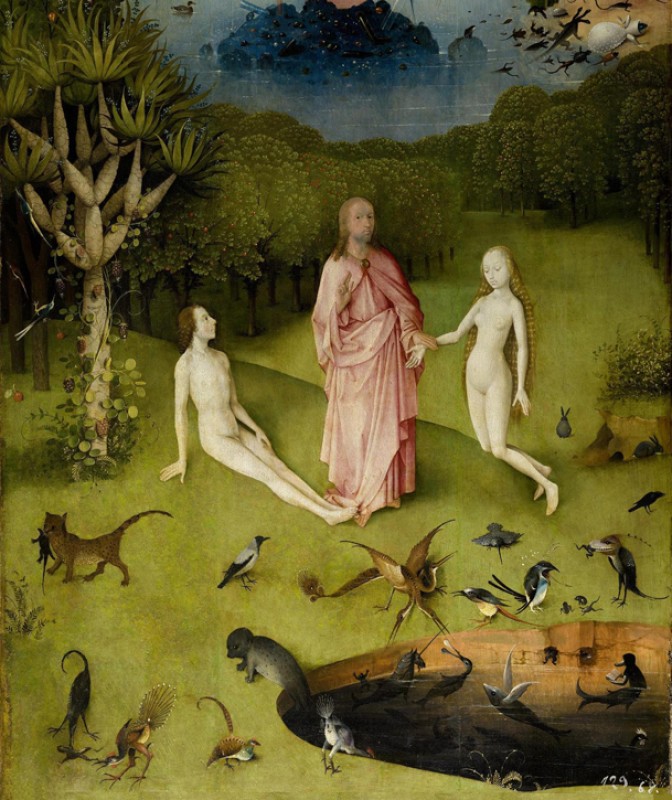
-
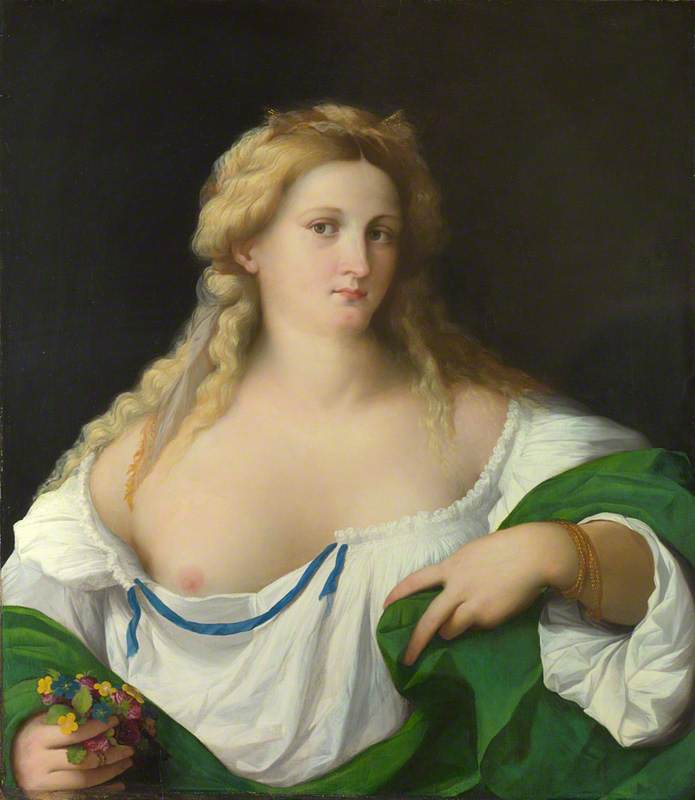 Art Matters podcast: let's talk about erotic art
Art Matters podcast: let's talk about erotic artFerren Gipson
-
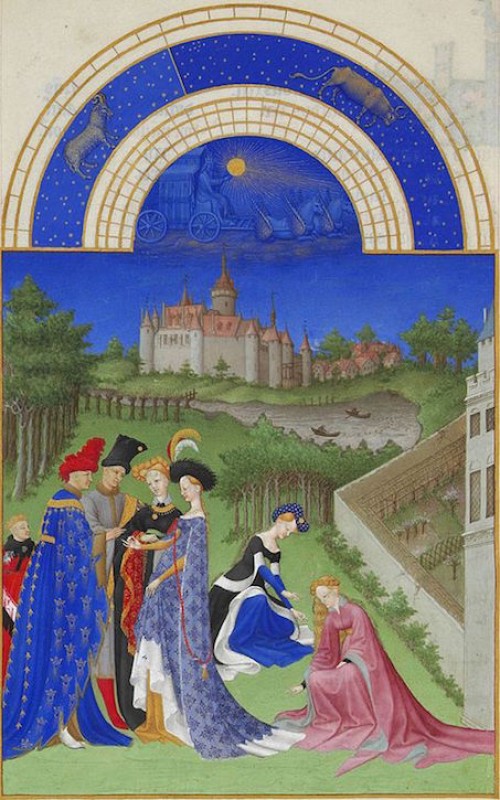 Art Matters podcast: the art of Disney animation
Art Matters podcast: the art of Disney animationFerren Gipson
